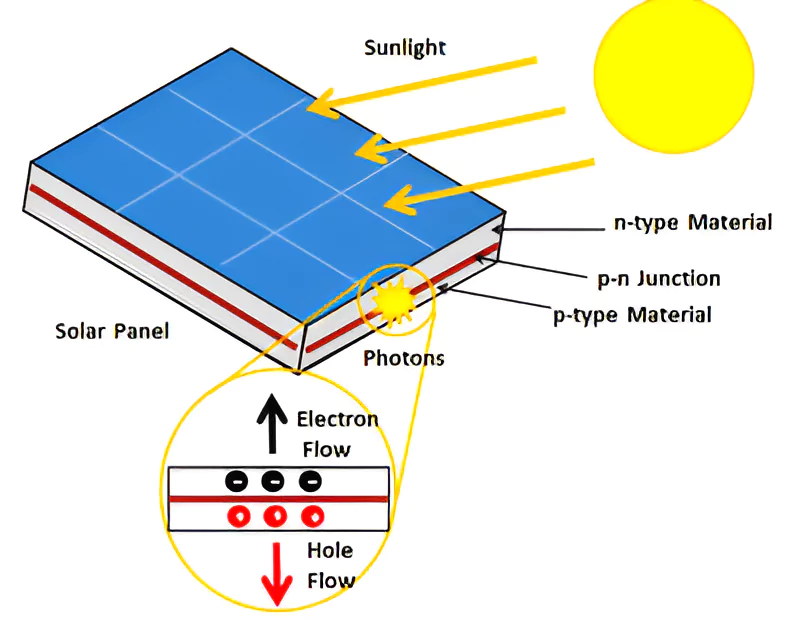![]() 10 Apr 2024
10 Apr 2024

Recently, the government has imposed import restrictions to increase local sourcing of solar modules to support India’s renewables manufacturing ecosystem.
| Import Restrictions
It is a government imposed regulation to control imports. Types of import restrictions include:
|
|---|
Solar Power in IndiaIndia has an estimated solar power potential of 748.99 GW, indicating that the full potential of solar energy is yet to be harnessed.
India’s Target for Future
|
|---|
India has taken three significant steps to address its over-dependence on solar imports over the past five years.
| Must Read | |
| NCERT Notes For UPSC | UPSC Daily Current Affairs |
| UPSC Blogs | UPSC Daily Editorials |
| Daily Current Affairs Quiz | Daily Main Answer Writing |
| UPSC Mains Previous Year Papers | UPSC Test Series 2024 |
<div class="new-fform">
</div>